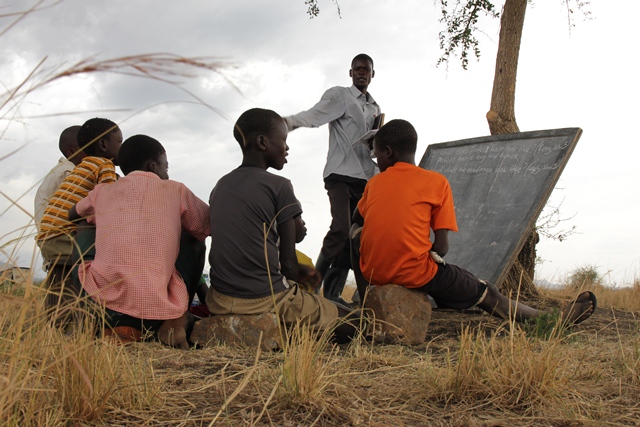
Uganda like other developing countries does not wholly finance its Financial Year National budget, hence is necessitating borrowing domestically and externally. Historically, Uganda has had a poor trend of public debt management which prompted a debt campaign by civic groups like Uganda Debt Network and Development partners including IMF and World Bank inter alia and the subsequent relief worth US$2b in 1990s through the Highly Indebted Poor Countries initiative (World Bank, 2000).
However, Uganda’s public debt is gradually rising based on bilateral relations. For instance between January 2010 and June 2016, Government signed 96 loan agreements worth USD 8.8billion with China (in particular EXIM Bank) being the largest creditor at 29% of the total loans, followed by the World Bank (27%) and African Development Bank (21%). Other creditors account for 23% (BADEA, EIB, France, Germany, IFAD, Japan, Kuwait, OPEC, South Korea and Saudi Arabia).
Loan agreement performance data (2016) according to Ministry of Finance, China through its EXIM Bank committed $350 million for Entebbe-Kampala Expressway, $100 million to improve road networks, $483 million for Isimba hydropower plant and $1.4 billion for Karuma Dam, among others in the said period. China alone has a loan commitment totaling to US$ 2,588,078,279. Over, the last four years, Uganda has seen an increasing share of Chinese loans in roads and energy projects in excess of USD 3bn. This is slightly above 10% of Uganda’s current GDP at USD27.53 billion (World Bank, 2015).
However the greatest worry underlies the conditions and terms for which these loans are contracted i.e. either non concessional basis or as semi concessional terms. In addition, these loans are to be paid in a short period of time averagely 10 years yet they are invested in long term projects. This implies that if Uganda doesn’t comply with the debt obligations to the later, the country is likely to undergo debt distress in the near future, given the fall in GDP growth from 7.3% between 2000 and 2010, to an average of about 5% , low foreign earnings, unstable exchange rates among other macro-economic constraints.
More so the 10th Parliament has passed about 10 loans in its short period and about 5 loans are currently under considerations. However, according to the Auditor General’s report (Dec 2016), challenges in utilization and absorption of externally acquired loans like low disbursement rate, increasing commitment fees, delayed execution of projects etc. were cited which are likely to raise the debt burden for ordinary Ugandans.
Since there has been a drastic shift to borrow from traditional to commercial creditors, the question remains whether Uganda will get a relief from these new players in financing its development in case of default. Therefore technocrats should thoroughly scrutinize the terms and conditions attached to loans especially those to be contracted on concessional terms otherwise Uganda might become debt distressed.












